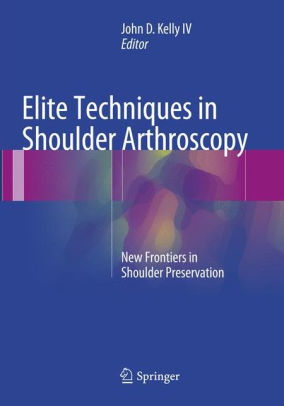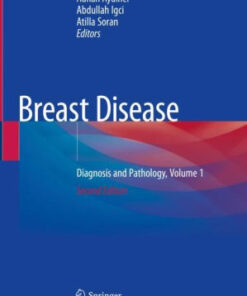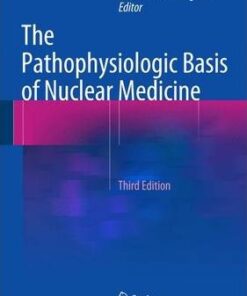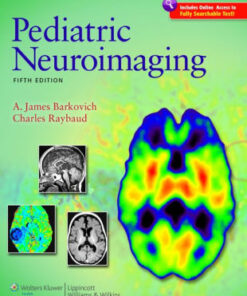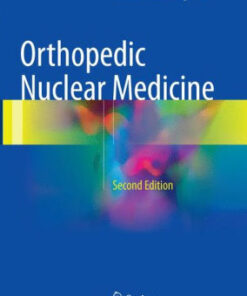(eBook) Elite Techniques in Shoulder Arthroscopy by John D. Kelly
$18.00
Download instantly Elite Techniques in Shoulder Arthroscopy – New Frontiers in Shoulder Preservation by John D. Kelly. It is ebook in PDF format.
ISBN-10: 3319797344 ISBN-13: 9783319797342
Preview
This is the PDF eBook version for Elite Techniques in Shoulder Arthroscopy – New Frontiers in Shoulder Preservation by John D. Kelly
Table of Contents
Part I: Overhead Athlete.- Pathophysiology of Throwing Injuries.-Prevention of Labral and Rotator Cuff Injuries in the Overhead Athlete.- Keys to Successful Labral Repair.- Indications and Techniques for Posterior Capsule Release.-Throwing Acquired Anterior Rotator Interval Pathology.- Part II: Instability.- Evaluation of Bone Loss andthe Glenoid Track.- Management of Capsular Laxity.- Remplissage: Technique and Results.- Arthroscopic Latarjet.- Posterior Instability.- Part III: Glenohumeral Arthritis.- Pearls for Through Debridement, Capsular Release, and the Role of Microfracture.-The Comprehensive Arthroscopic Management (CAM) Procedure for Young Patients with Glenohumeral Osteoarthritis.- Graft Interposition Arthroplasty.- Adhesive Capsulitis: Diagnosis, Etiology and Treatment Strategies.- Part IV: Rotator Cuff.- Ultrasound in Rotator Cuff Evaluation.- Indications for Repair: WhoReally Needs Surgery?-Biologic Augmentation of Rotator Cuff Repair Repair.-Indications and Technique forDouble Row Fixation.-Retracted Subscapularis Tears.-ont-family: ‘Times New Roman’, serif; font-size: 10pt;”>Arthroscopic Repair of Massive Retracted Rotator Cuff Tears.-The Use of Graft Augmentation in the Treatment of Massive Rotator Cuff Tears.-Suprascapular Nerve Release: General Principles.-Spinoglenoid Ligament Release.-Part V: Post Op Care.-Maximizing Return to Activity Post Cuff and Instability Surgery.-When is the Patient Truly ‘Ready to Return’, a.k.a. Kinetic Chain Homeostasis.
